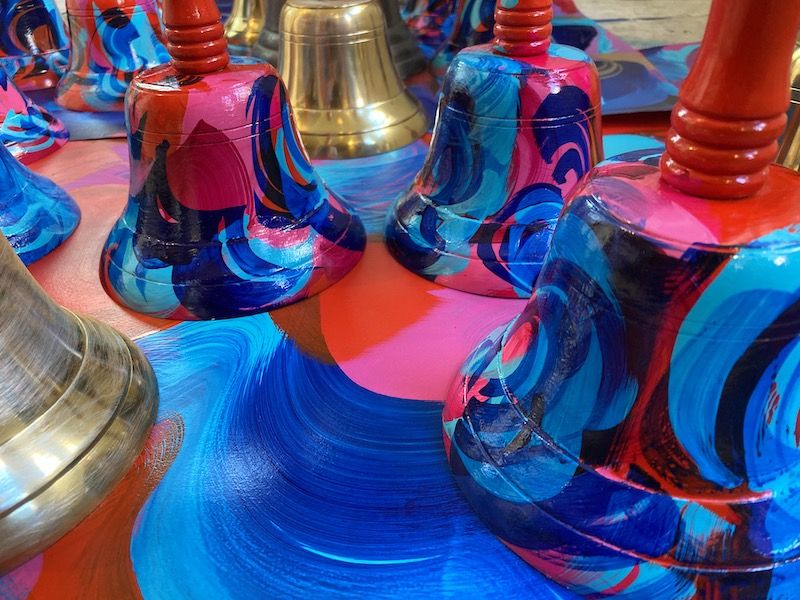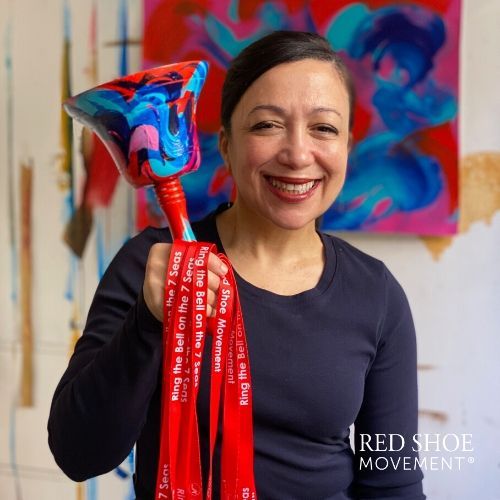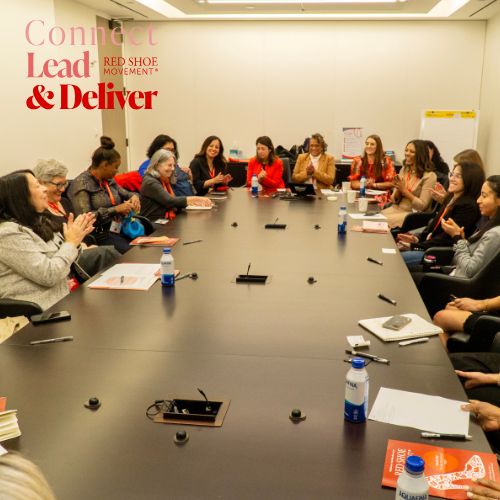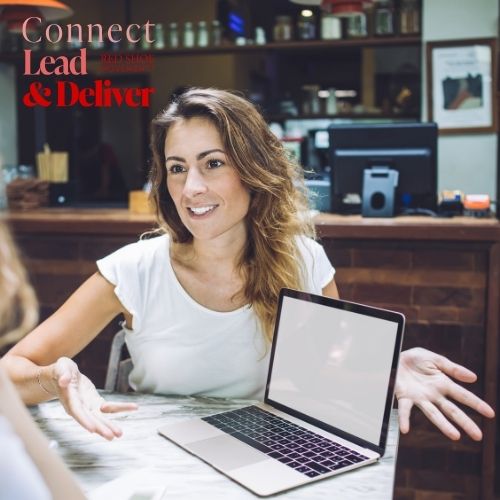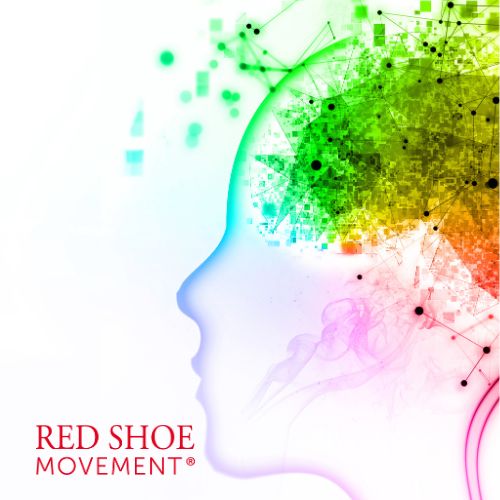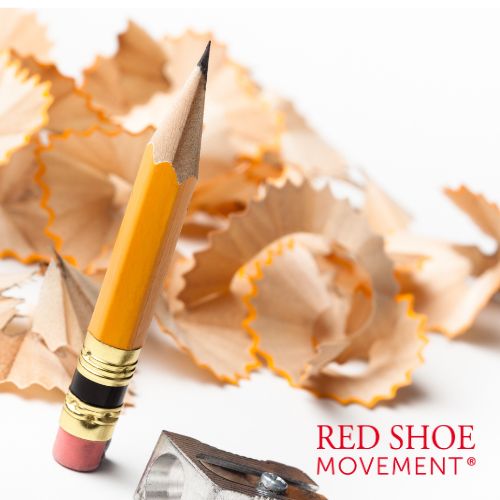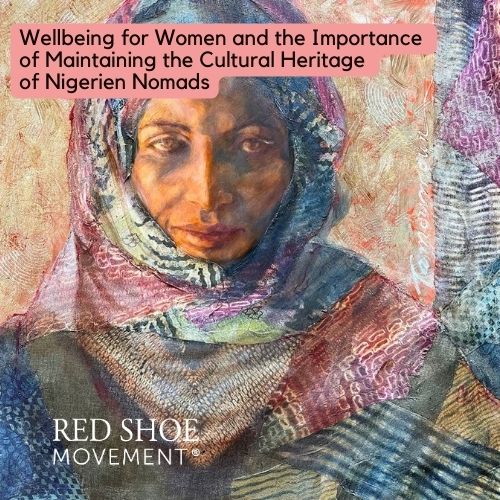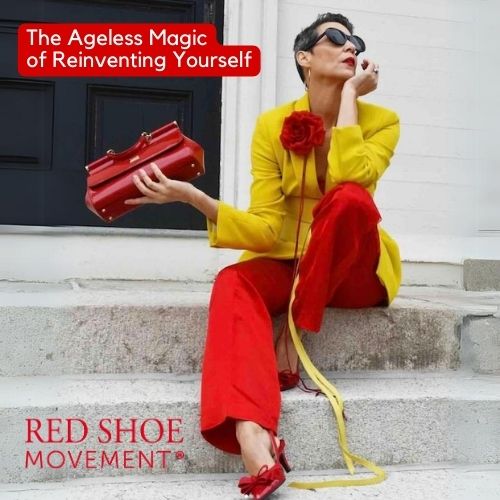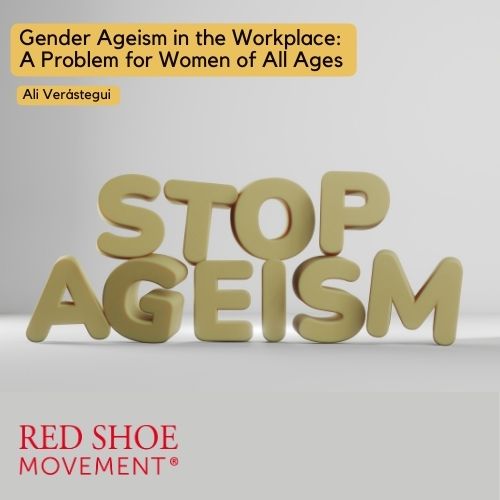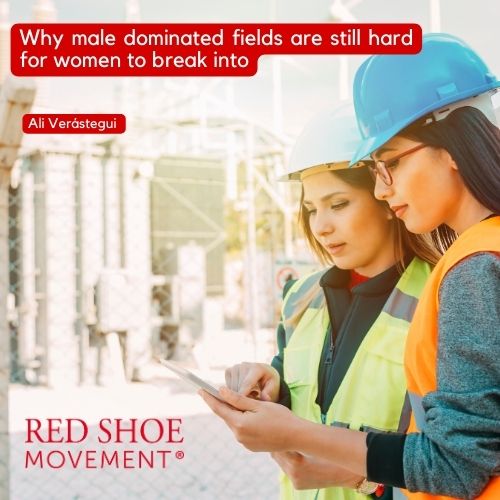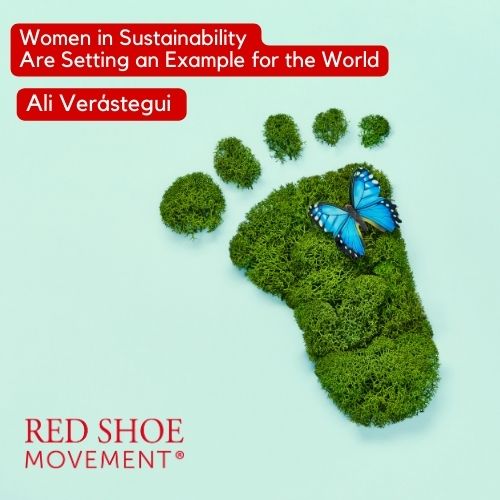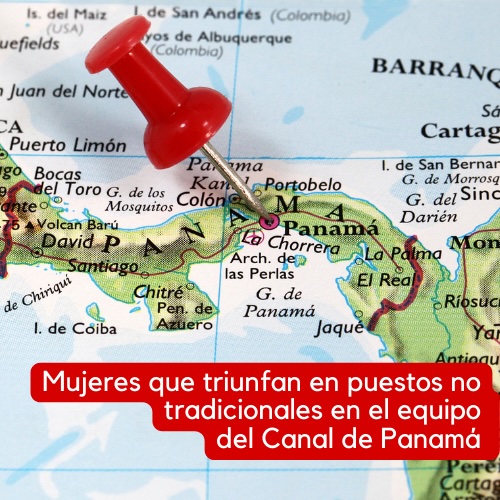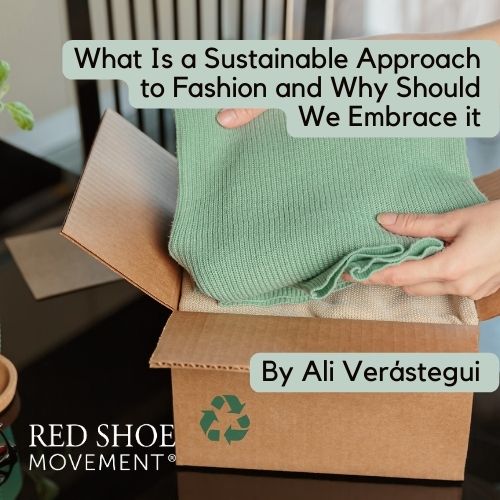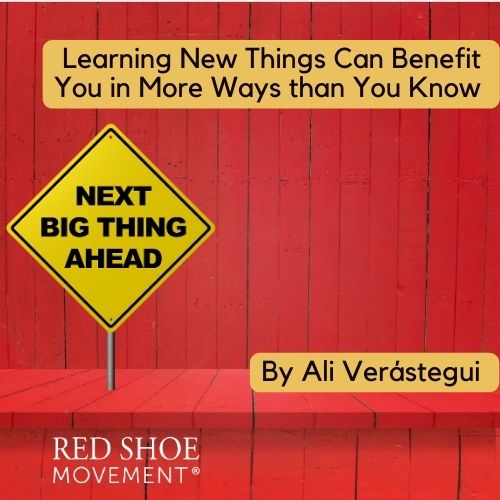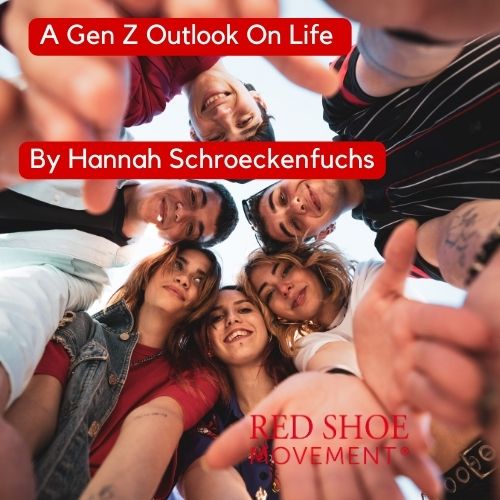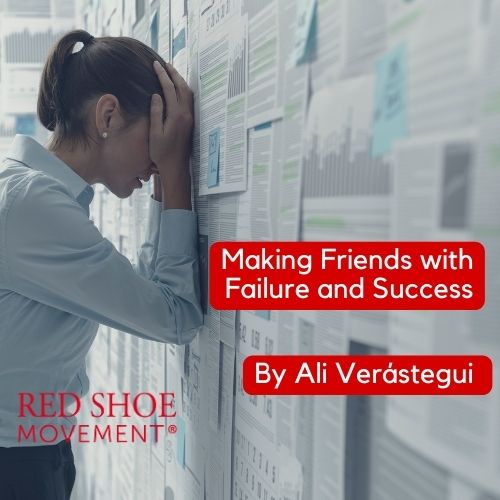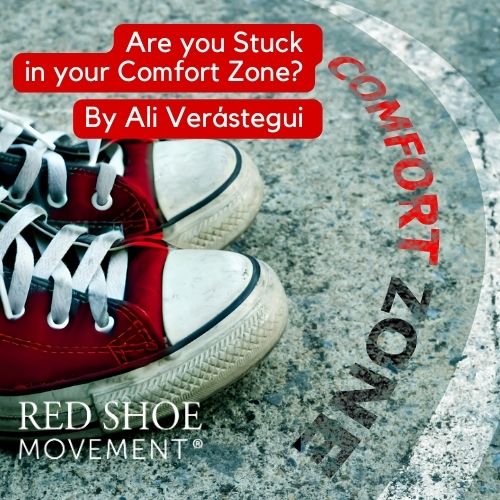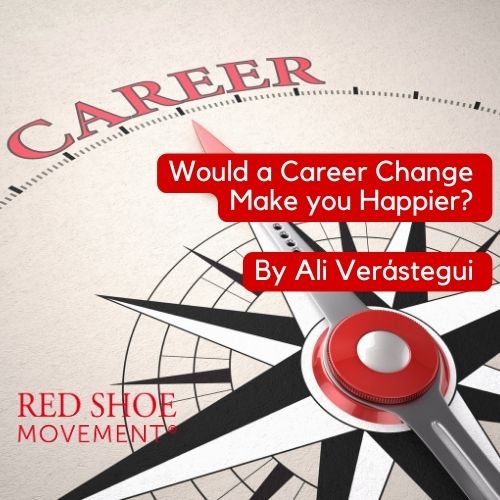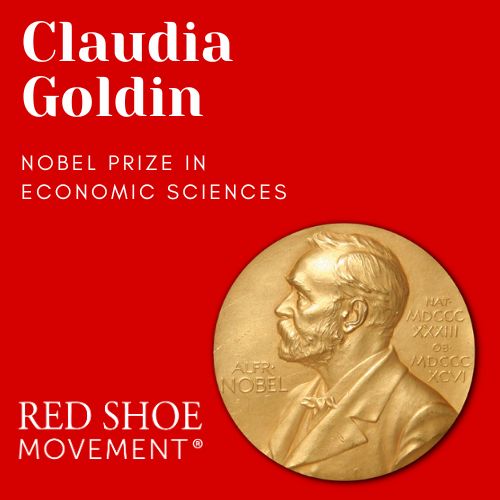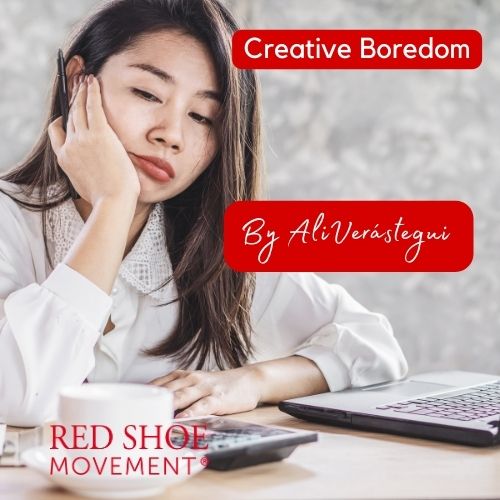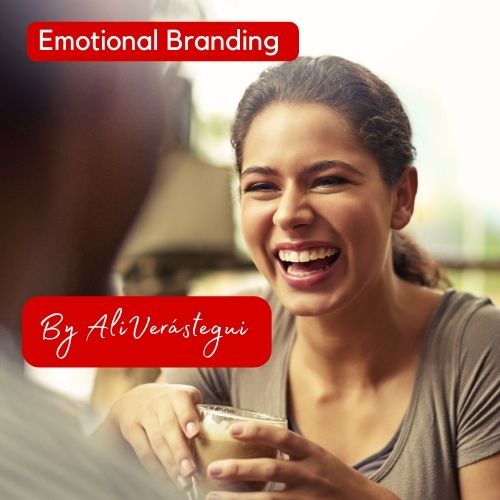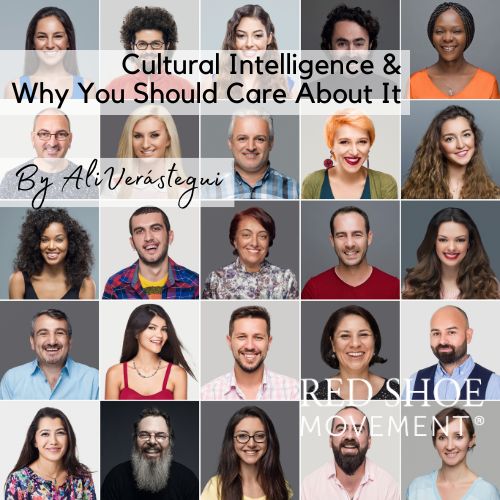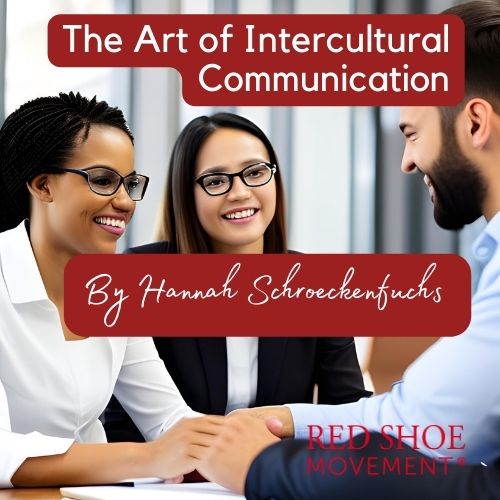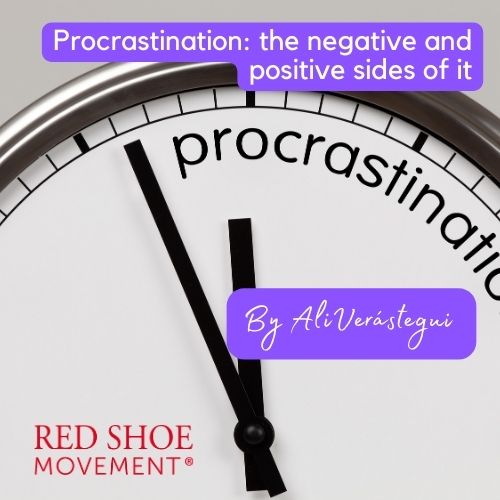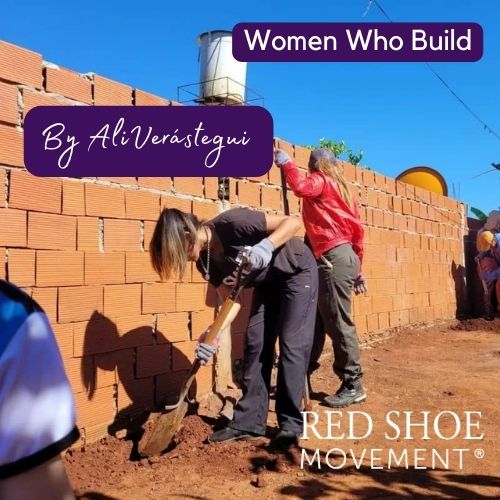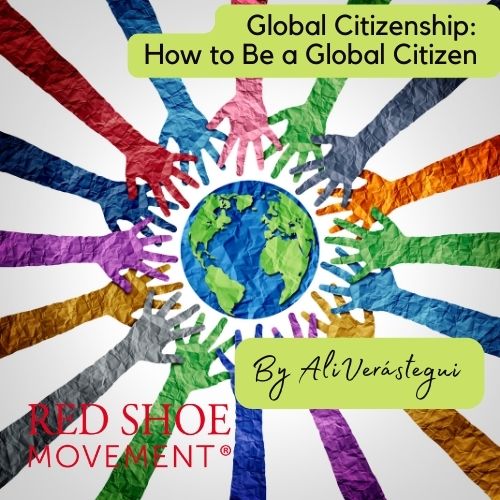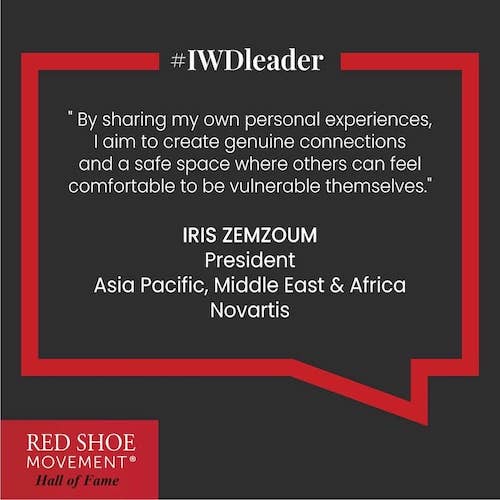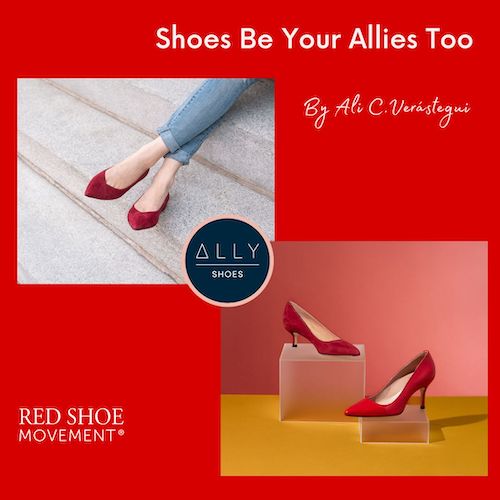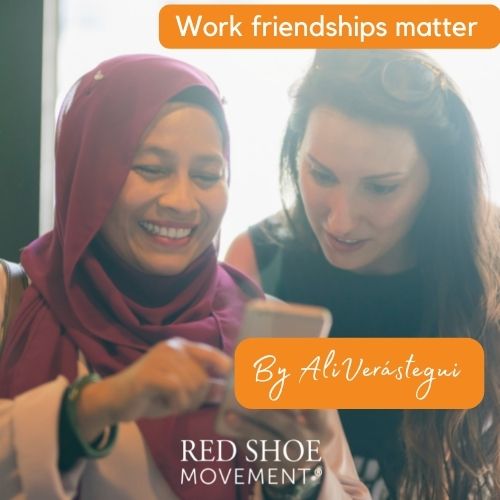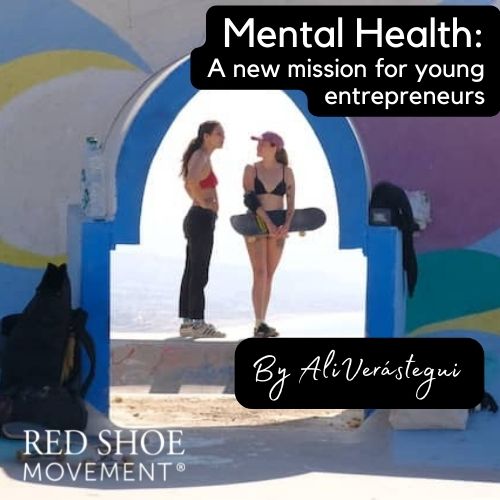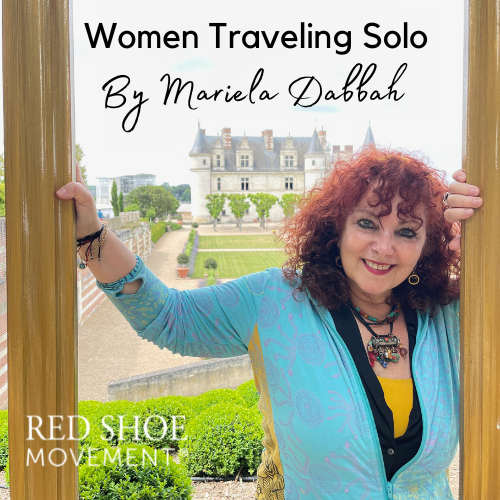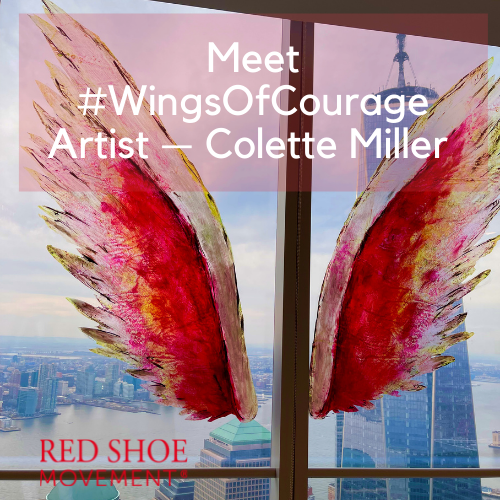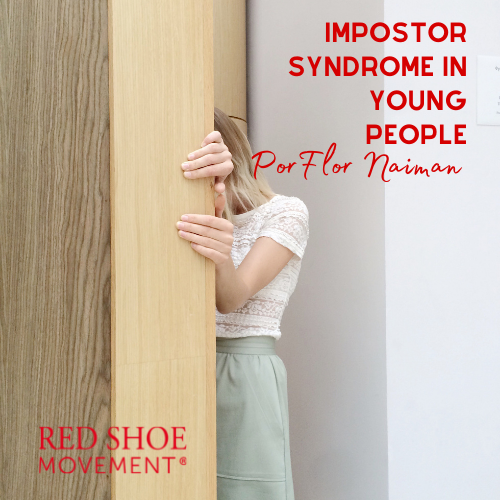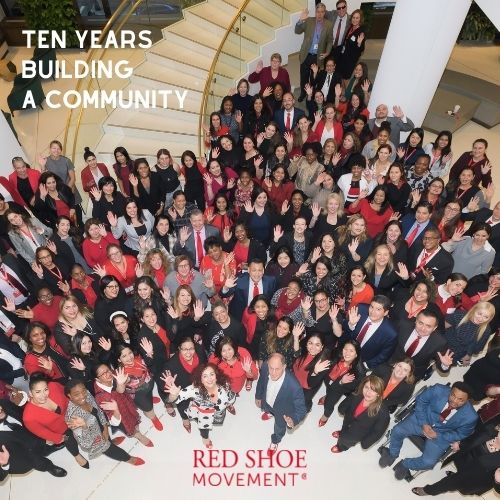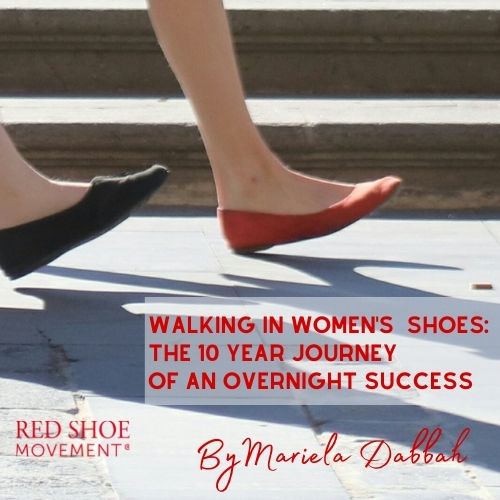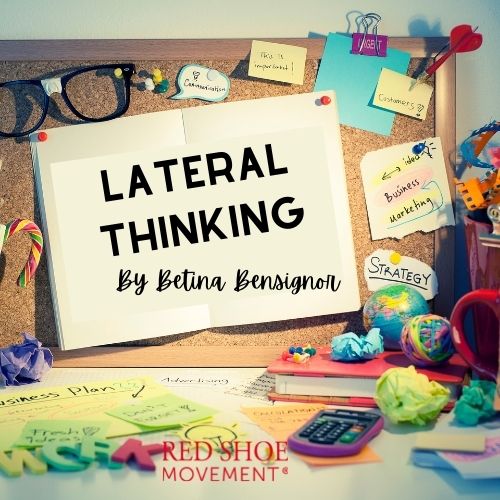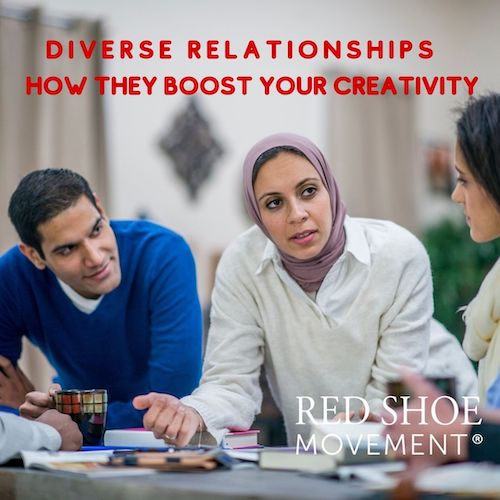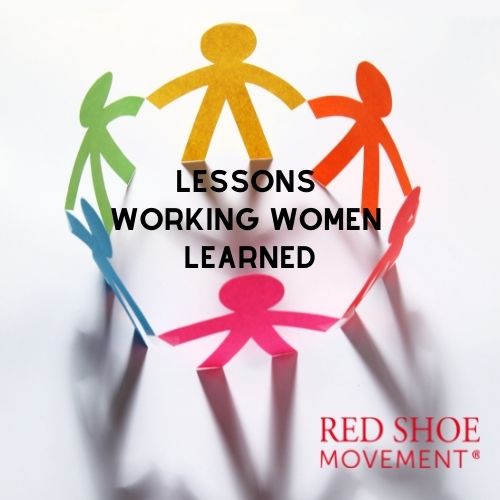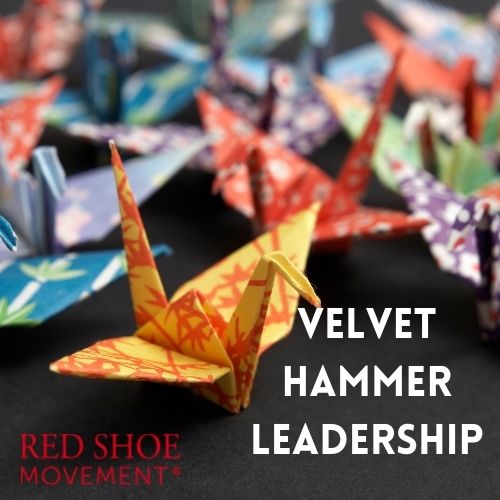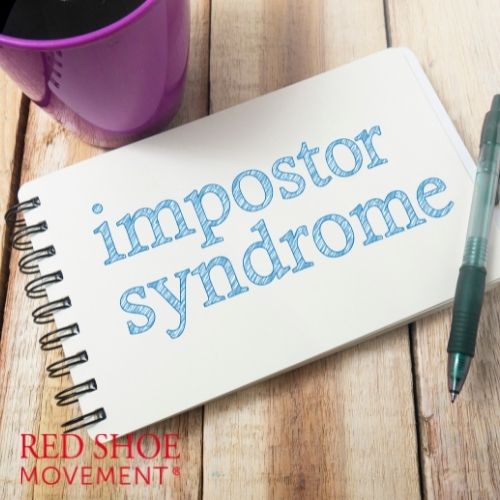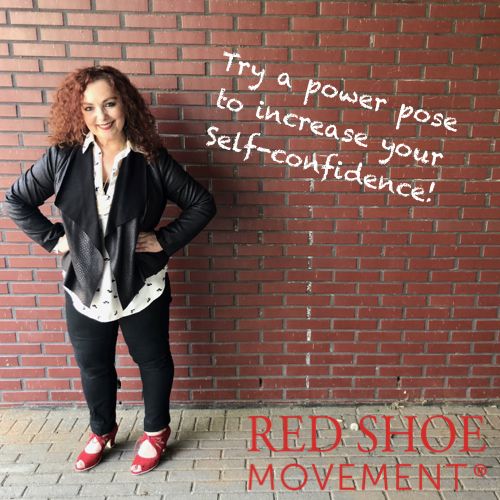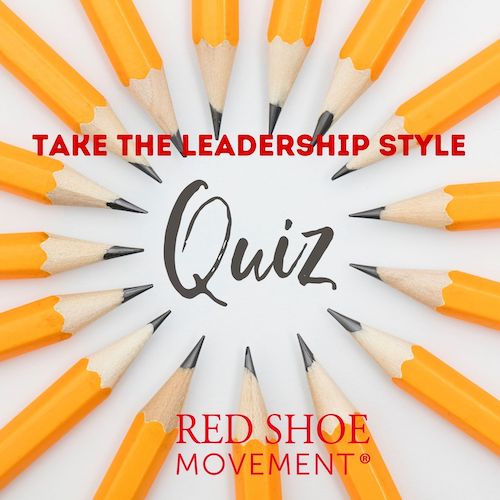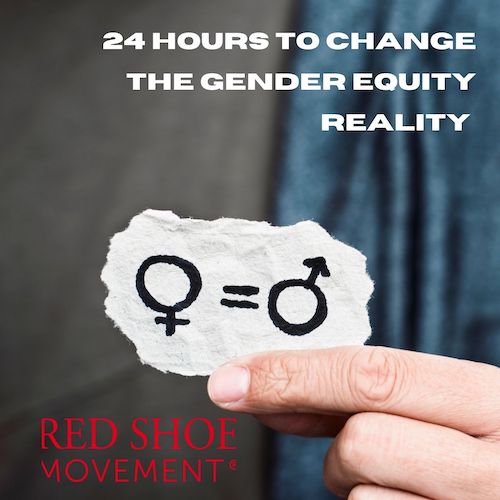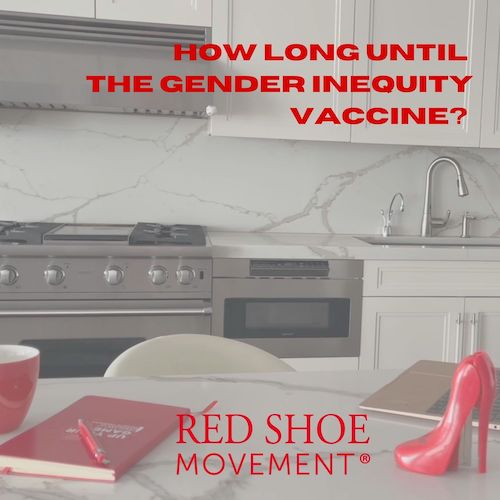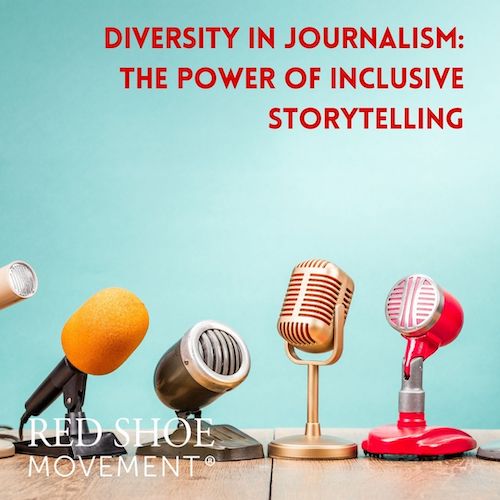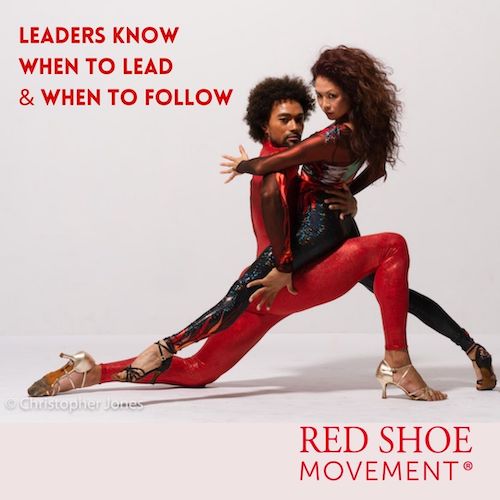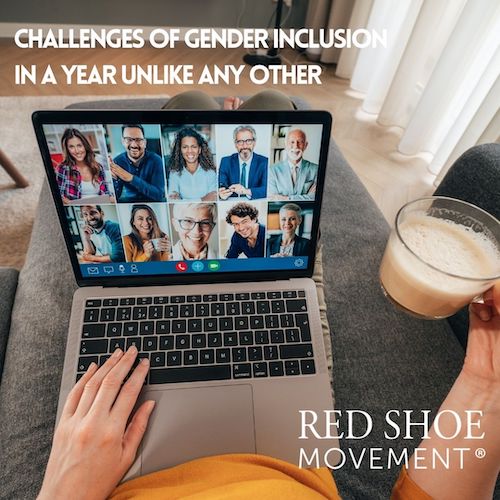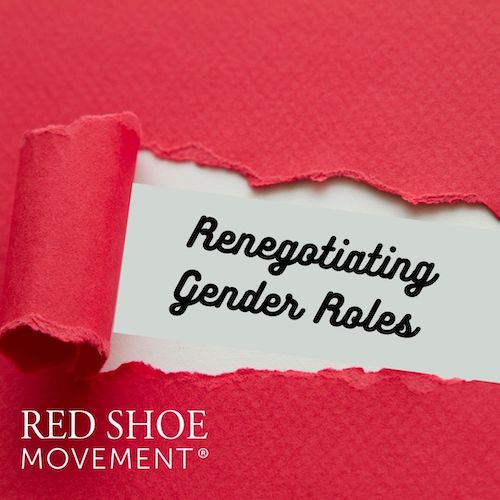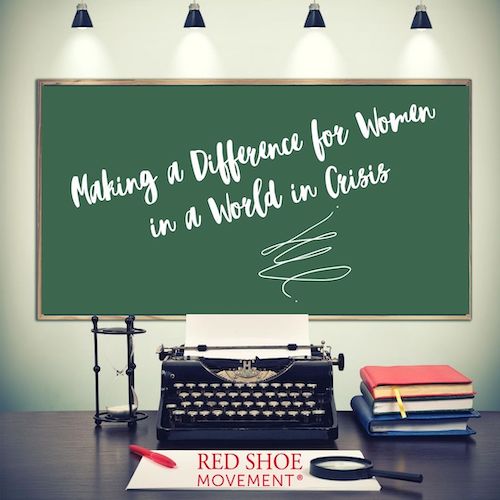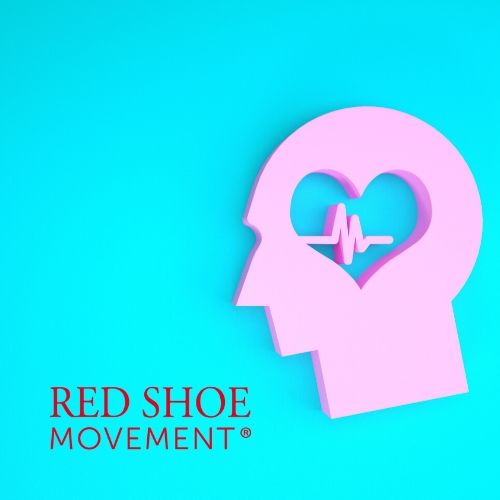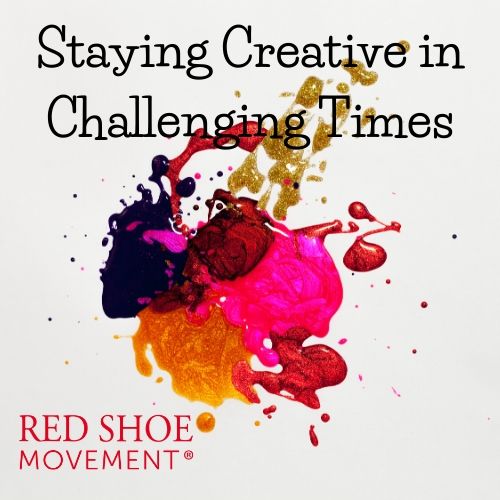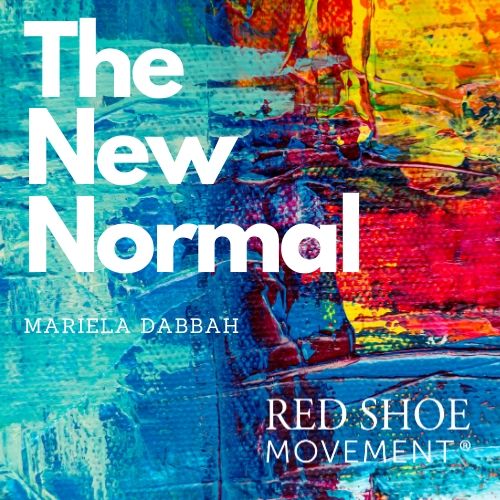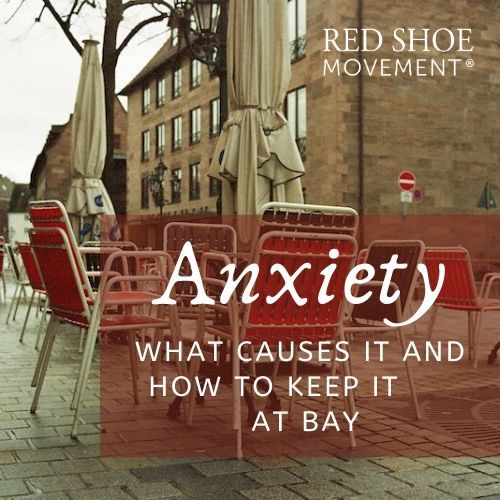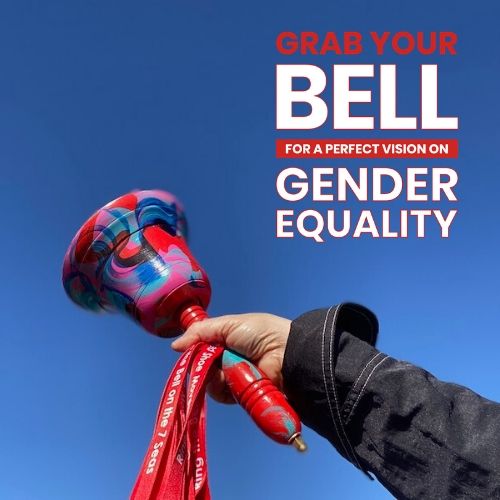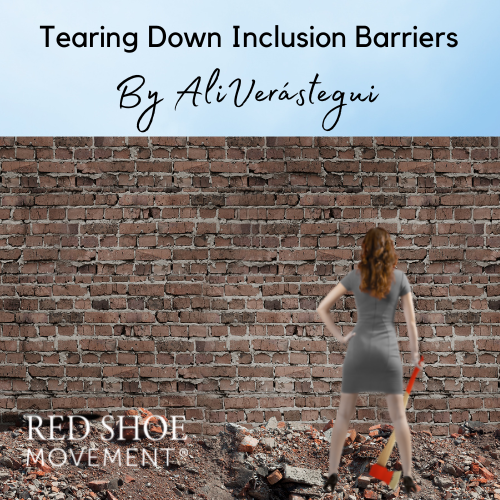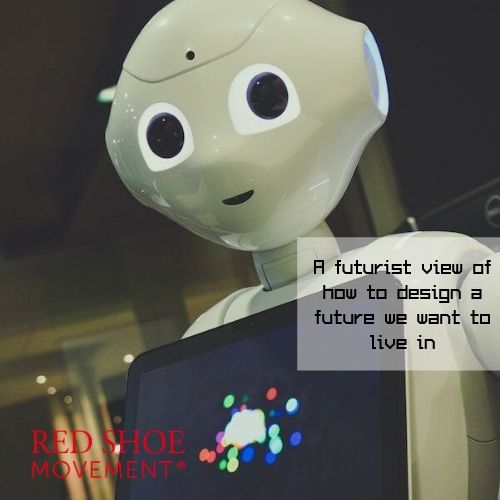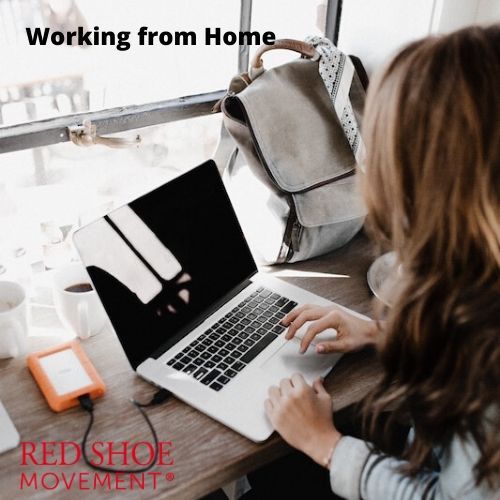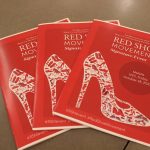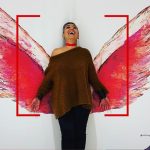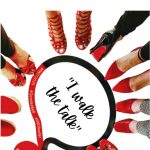Scherezade Garcia was born in Santo Domingo, Dominican Republic, into an artistic, socially and politically aware family. It’s easy to see that they inspired the art of inclusion she practices.
Her family nurtured her natural talents and encouraged her to experience a world full of diversity in race, languages, ideologies, and beliefs – all of which are connected by a rich and sometimes ignored history that becomes an integral part of her multi-layered art and the stories she tells.
The interdisciplinary artist is based in New York City. She sits on the Advisory Board of No Longer Empty, an organization dedicated to curating site-responsive pieces that encourage conversations within communities and create unique and inclusive platforms for upcoming New York artists. García also co-founded the Dominican York Proyecto Gráfica, a printmaking collective involving 12 artists of Dominican descent. In New York she’s represented by Praxis Art Gallery.
Scherezade Garcia has consistently strived to defy the norms and address the contradictions of a world that is full of them, as well as the many experiences we share. She approaches them through a lens that brings focus to history, religion, migration in search of “a new land” and a better life. Her pieces are intricate stories that layer medium, that aim to encourage dialogue and, more importantly, inspire action and resistance.
This year, the Red Shoe Movement commissioned her the limited-edition collection of 20/20 Bells that the company features in its Ring the Bell on the 7 Seas initiative.
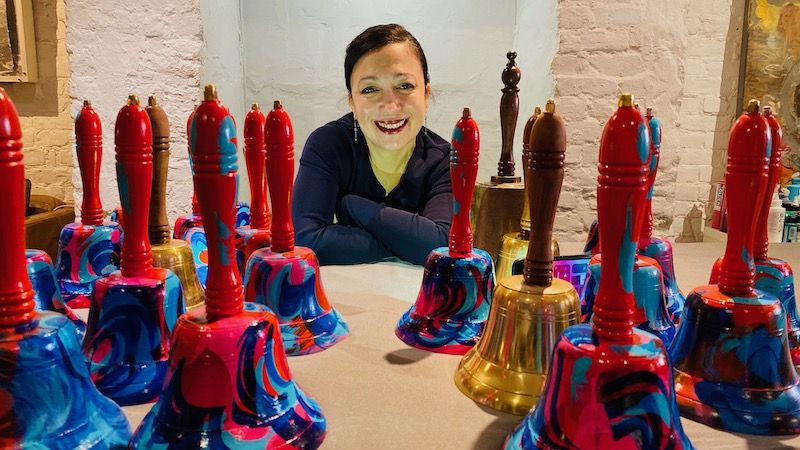
Aline Cerdán – Can you tell us a little bit about how you got started as an artist? What was your family’s role in your journey to finding a multi-cultural voice?
Scherezade Garcia – I like to say that I come from my childhood, and indeed I do! I was born into a family where storytelling, music, visual art and political awareness were important. Many early memories are connected to our visits to exhibitions, to the theater, and to explore our country. We used to go on road trips to see the country and visit famous historical sites. The conversations about the natives (Tainos,) the Spaniards (Criollos,) the Africans, the French, and the English, our relationship to our sister nation Haiti, and the USA occupations were part of our conversations. It helped me shape my sense of the Caribbean. It unveiled to me the complexity of being from this side of the “Atlantico.” I was always drawing, and my mother registered me in art classes, then my sister joined me. Many of my Dominican artists’ friends attended those classes as well.
I also had the opportunity of traveling to the USA and Europe at a young age, and those experiences fascinated me! Without realizing at the time, I was curious, outraged, and intrigued (all at once) by our world. It is that collective experience that we all share, the richness of different points of view, the fantastic possibility to experience new flavors, to understand that we are somehow all connected, helped to established in me the importance of family, and then a broader community.
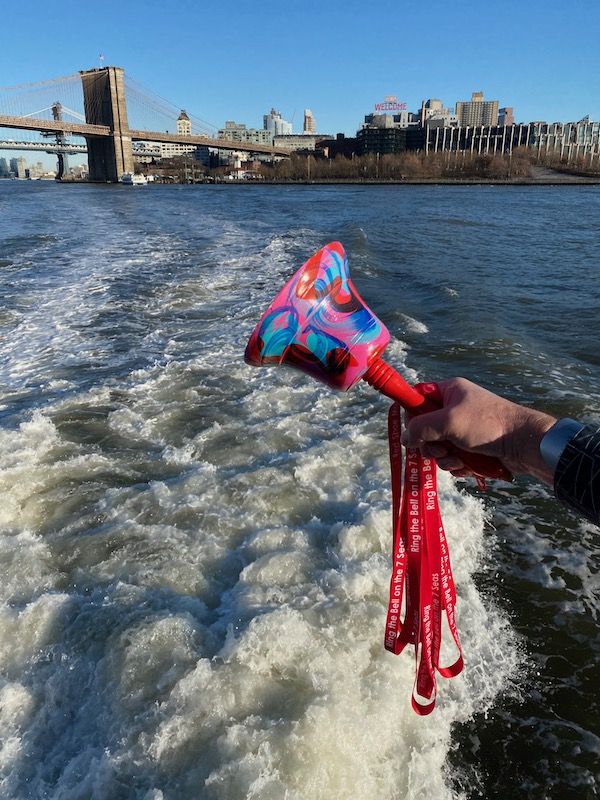
Scherezade Garcia, book author
AC – Tell us a little about ’Scherezade García: From This Side of the Atlantic’ and what it was like to exhibit your work with your sister iliana emilia.
SG – The books “Scherezade Garcia: From This Side of the Atlantic” and “iliana emilia: The Reason, The Object, The Word,” both edited by Olga U. Herrera, accompany our mid-career survey exhibition “Visual Memory: Home + Place.” The books are about our artistic trajectory, and the chronologies, interviews, and essays portrait our creative lives from a young age to now. The title of my book conveys my fascination with the history of Las Americas. I am fascinated with the experience of Las Americas and the crossing of the Atlantic. My work intends to unveil the many ongoing cultural encounters that continually shape, reshape how we view, perceive, and color Las Americas.
My sister and I shared our family, our upbringing, and our values. We usually don’t collaborate, but since we were young, we were always a team. My mother always celebrated our differences, and that was very effective for the success of our sisterhood team!! We overlap in many interests, but the way we interpret, represent, and relate to our world is different. That’s our forte! It is a smooth sail to work with my sister because we complement each other, and we don’t even have to discuss it, it is an organic process. I usually note that she approaches her work from the inside, the personal, intimate; while I approach it through a collective lens.
AC –You’ve talked about a balance between old times and new, how often do you find history repeating itself while working on something new? Are we learning from our past?
SG –As an artist, I aspire to beauty and truth. Such search takes me to a territory “in-between”, searching for balance, and far away from “absolute truth.” I wish I could say with confidence that we learn from the past; the events of our current state of affairs scream about our lack of respect for the history that we all share.
AC – Your work is inclusive, multi-layered and often interdisciplinary, can you tell us how that’s a reflection of your personal history and why layers are important in your pieces?
SG – As a Caribbean woman, I intrigued and enamored by the many colors residing in my skin, and the presence of many communities coming afloat in my language. It is a landscape of extremes, nothing speaks of balance in the multifarious outcome of this “new land,” the consequences of so many encounters. I see it as totally minimalist or baroque. I approach it in a neo-baroque voice. My neo-baroque view is that more is more, and everything goes. I can be super optimistic and super pessimistic at once. Faith and divinity are also part of the recipe.
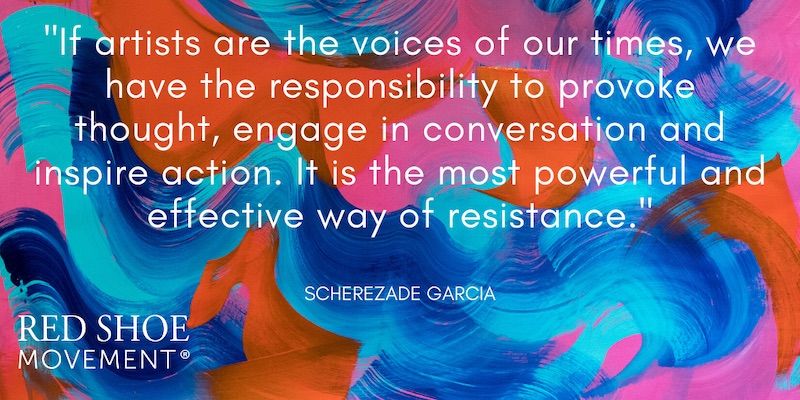
The art of inclusion
AC – You’ve described the cinnamon shade as an “action of inclusion”, can you tell us about the use of this mix of colors and the importance of the art of inclusion?
SG –The cinnamon figure is a constant in my work since 1996. Mixing all the colors in a palette is an inclusive action, the outcome of such activity is cinnamon color. The new race represented by my ever-present cinnamon figure states the creation of a new aesthetic where “our/everybody’s” history is told. It is all about collective memory, a narrative of union!
AC –Pink has also been used in past pieces to defy color-gender norms and the concepts it has been associated with, what are some other ways in which gender inclusion is showcased in you work?
SG – I like to defy norms by creating visual narratives imbedded in contradiction, for example, I created my oversized pink life vests, challenging the given fragility/sweetness/ of no consequence/girlie of the color pink, to engage in a conversation of survival, migration, of people crossing the sea in search of a better life. What it seems, it is not what it is.
AC –Can you tell us a little about the work you’ve done with Red Shoe Movement for Ring the Bell on the 7 Seas? We know you were commissioned to turn this musical instrument into a work of art and you created a painting called Chromatic Current as part of your Liquid Highway Series.
SG – The sea is the liquid highway and the keeper of our ancestral memory. It carries our stories, our DNA, our memories, and our history. The sea is always in motion carrying every community’s roots. With this project, through painting the bells and dressing them up of sea, I aim to imply the universal connection, the community called by the sound of the bell, and the fluidity of our identities and lives.
AC –You seem determined to tear down barriers; blend lines between countries, race, ideologies, gender, religion, language, aesthetic planes and artistic styles. Do you think art has a responsibility to create conversations?
SG – If artists are the voices of our times, we have the responsibility to provoke thought, engage in conversation and inspire action. It is the most powerful and effective way of resistance.
AC –What was the inspiration behind your installation ‘Liquid Highway’? What it is about water that’s as vital as the land it surrounds?
SG – The Atlantic, this blue liquid road and profound obstacle provokes my imagination. The blue sea represents the way out and the frontier. It maps stories about freedom, slavery and survival; it carries our DNA and it’s an endless source of stories, evolving continuously, reminding us of the fluidity of our identity, our collective memory. Resistance through beauty and joy.
